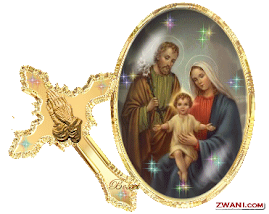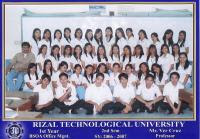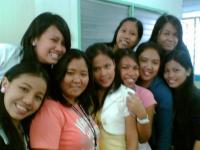
Let’s discover the literary arts that originate in CAR, and then point out the character traits of natives that are reflected in the literary works and extract values from the selection read. Isneg were described as of slender and graceful structure, with manners that were kind, hospitable and generous, possessed with the spirit of self-reliance and courage and clearly artistic in their temperament. The name ascribed to the Isneg seems to reflect their probable history. Isneg oral tradition is rich with folk riddles. Many of these are structurally simple but elegant. Some of them are humorous and entertaining which explain events and phenomena, relationship between people and their surroundings. The Judge and the Fly which sounds like a variation on a familiar theme, is a good example of Isneg’s humor.
The Tingguian, a group of pagan people inhabiting the interior hills of Abra, have their own story of the Great Deluge. The tragic incident began with the abduction of Humitau, a sea- maiden guard of Taumari-u a lord of the sea, by Aponi-tolau a god-hero of the Tingguian gathering his courage. Despite his anger, the water lord looks pity upon his favorite Humitau.
In the mountainous regions of
The most important of the myths are the Oggood, which are the narratives concerning Lumawig, the Bontoc’s god and culture hero. To Lumawig are attributed the beginnings of many Bontoc sacred traditions which survive to the present. He rewarded good and punished evil.
Sudsud of the Kankanay have a rich collection of riddles and epics. They have the sudsud( short talks) which are recounted in gatherings of adults or when they are working in the fields, doing work at home or around the house yard, or when they are relaxing.
Kalinga literature consists of riddles, legends, chanted or sung myths, epics or ballads. Ullalim are ballads that narrate the heroic exploits of culture heroes which also emphasize the bravery and pride of Kalinga people.








